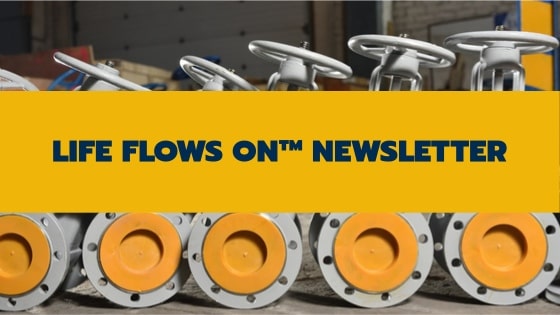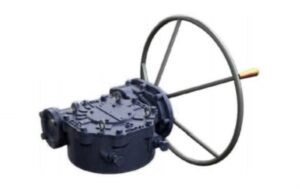
Everything You Need to Know About How Valve Gears Operate

In 2017 alone, the railroad industry in the United States provided over a million jobs and put more than 200 billion dollars into the economy. Locomotives provide a valuable and necessary part of the transportation infrastructure that we all rely on.
Even though most modern trains no longer use steam to move, there is still a wide variety of applications for steam engines.
One fundamental part of the operation of the steam engine is the valve gear. Keep reading to learn all about valve gears and how the different types are used.
What Are Valve Gears?
Put simply, valve gears are gears that control the opening and closing of a valve. Despite this simple definition, valve gears have many intricate details and uses.
What Are Valves?
Valves are devices that control the flow of a liquid or gas. They are most commonly found in internal combustion engines and household plumbing fixtures like faucets. There are many types of valves that find use in a wide variety of applications.
In their simplest form, valves have been used since ancient times. These rudimentary valves were just pieces of material that covered an opening so that fluid could flow in one direction but not the other.
This type of valve is a check valve. Another type of valve is a control valve. These are more common in engineering applications today and can control the flow of fluid from one area to another.
The control of these is fundamental to how valves work in modern applications. Some valves are automatic, while others have some kind of handle to turn them mechanically.
Automatic valves use liquid or gas to control their opening and closing. These are called hydraulic and pneumatic, respectively. Some manual valves work with motors, so they open and close at regular intervals.
What Do Gears Have to Do With It?
Understanding valves requires an understanding of how they interact with gears. Gears control the periodic opening and closing of valves. This is especially useful in situations where processes are repeated, such as the cycles of an engine.
In internal combustion engines, the valves don’t change where they open and close, so the valve gears are relatively simple in construction. In steam engines, however, this location changes, so a more complex setup is required.
In these engines, power is maximized when the inlet valve is open throughout the power stroke, but efficiency is maximized when it is only open for a short time. Steam engines must be designed to factor in both of these.
The time at which the inlet valve closes is called the cutoff. This time is different for different applications but is controlled by a system of eccentrics. These are disks that attach to axles at a place other than their center.
Generally, more than one eccentric exhibits simple harmonic motion in their rotations. These rotations combine to control the regular opening and closing of the inlet valve at the correct cutoff.
Types of Valve Gears
There have been many different types of valve gears over the years. Only a few had widespread use, but they are all one of the following types.
Reciprocating Valve Gears
Reciprocating valve gears use the traditional types of valves like piston valves and slide valves.
Slip-eccentric gears are one of the earliest types of valve gears and are only used on model trains now. In this type, the eccentric is free to move a small amount but can’t rotate completely about the crankshaft.
Dual eccentric gears, also called Stephenson gears, have two eccentrics linked together. This makes the valve gear more versatile because the opening and closing of the valves don’t depend on where the gear parts are in relation to each other.
Constant lead gears, also called Walschaerts gears, are valve gears in which the eccentric produces part of the motion while the crosshead produces the other. These are one of the most commonly used types of valve gears.
Lever and link gears, also called Baker gears, use pin joints instead of an expansion link to operate. Because it has no sliding parts, it has less of a need for regular maintenance.
Radial gears are valve gears in which all of the motion comes from one part, whether it is a crank or an eccentric.
Poppet Valve Gears
Poppet valve gears use poppet, or mushroom, valves. The name poppet comes from the fact that it looks similar to a doll or puppet. Unlike piston valves and slide valves, these use motion perpendicular to the valve opening.
Types of Poppet valve gears include the Caprotti gear, the Hugo Lenz gear, the Franklin gear, and the Reidinger gear. Poppet valves are the most common type found in internal combustion engines.
Other Valve Gears
Another less common type is the conjugating valve gear. In these, levers connect the outside cylinder and the inside cylinder so that the valve rod controls the opening and closing of both.
The Bulleid valve gear is a type in which a series of chains connect the driving axle to the crankshaft. These were not widely used because they are prone to cracking and corrosion.
Another type is the Corliss valve gear, which had two valves instead of one. The use of separate valves for the inflow of gas and the exhaust greatly increased the efficiency of the engine.
Next Steps
Now that you know all about the different types of valve gears and how they work feel free to contact us for more information about how we can help with your next project.
If you enjoyed this article, please check out some of our other great articles from valves and actuators to wireless sensors and logistics.
